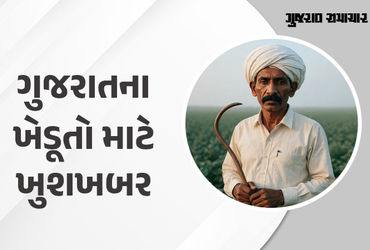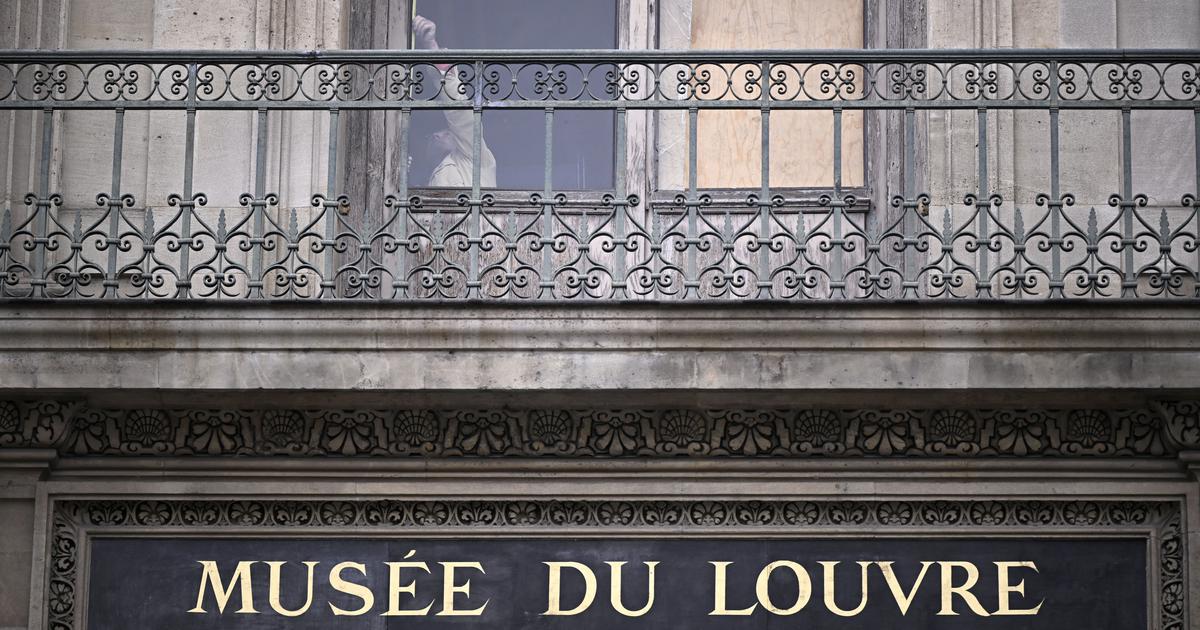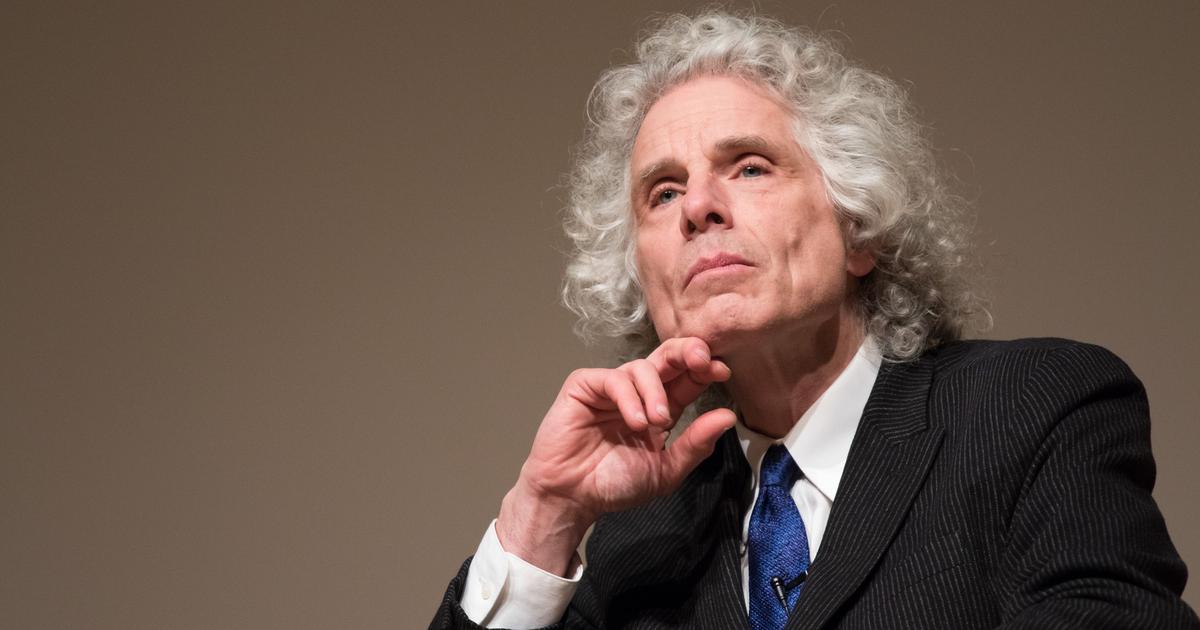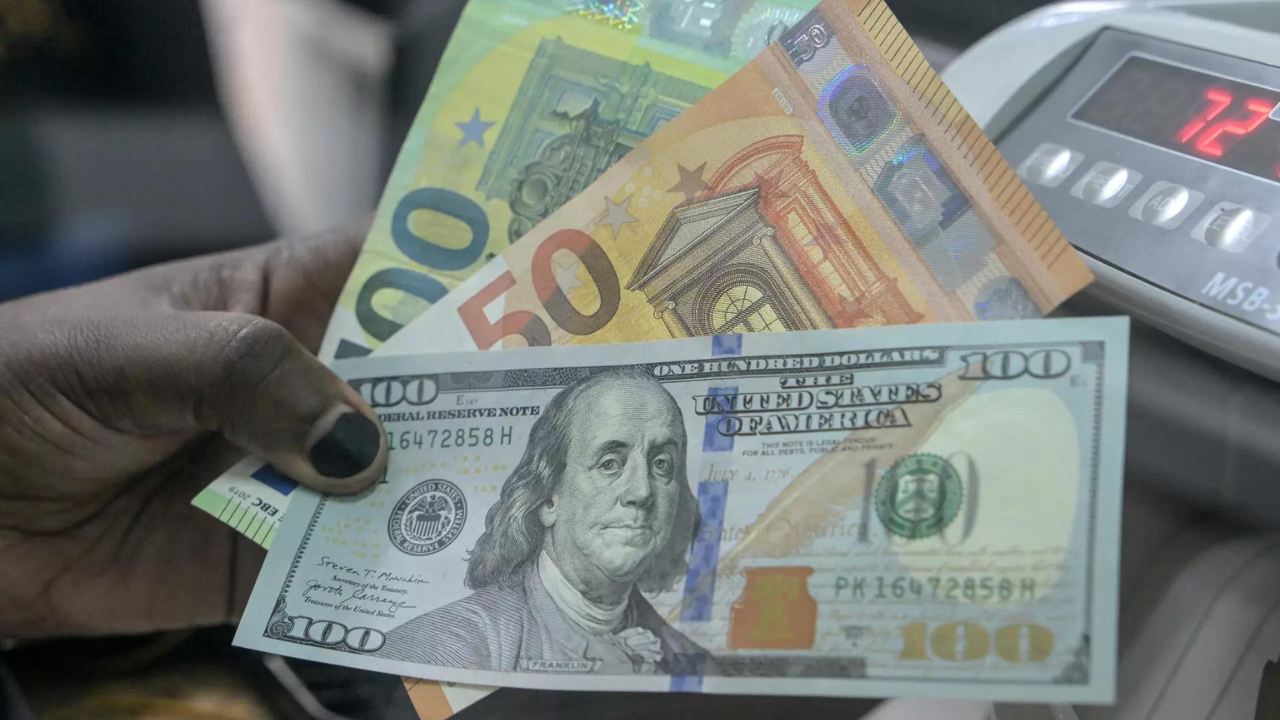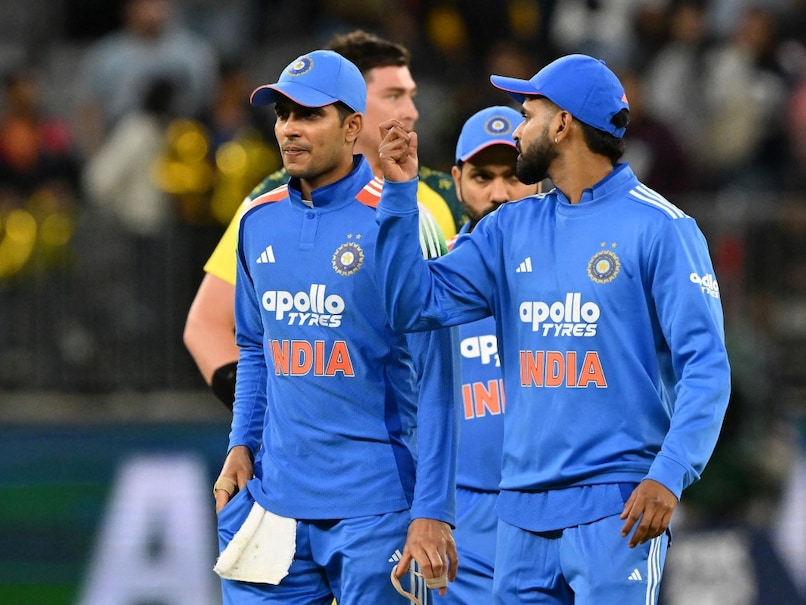Five faces of Mother India: A fable of civic mothers on stage
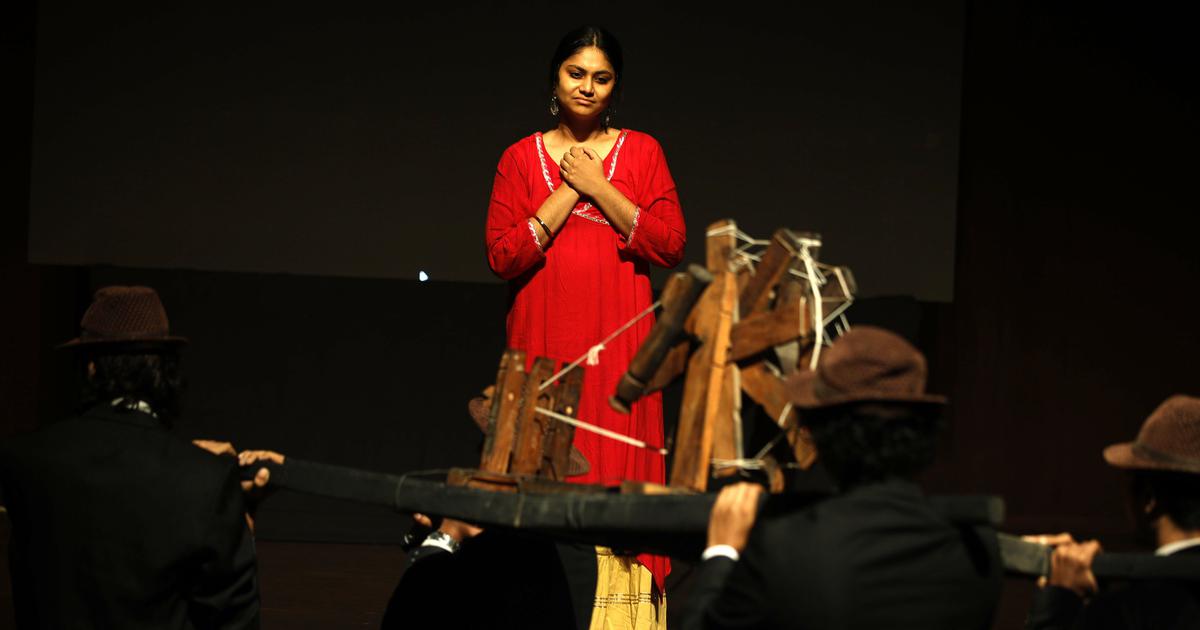
Join our WhatsApp Community to receive travel deals, free stays, and special offers!
- Join Now -
Join our WhatsApp Community to receive travel deals, free stays, and special offers!
- Join Now -

Supported by the colonial British-Indian administration, American Historian Katherine Mayo wrote her best-known work, Mother India in 1927. The book tried to fix India’s image in a single damning frame. Mayo argued forcefully that Indians were not worthy of autonomy because of abominable treatment of women and best served by colonialism’s civilising influence. It created a furore in Indian publics and they responded with prolific rebuttals in print, art and politics creating a long-standing debate on what Mother India is and is not.
Understandably, an important strand in this debate would seek to reimagine Mother India in a way which made her a moral figure, and Indians, worthy of freedom.
Being an intensely political writer, filmmaker, journalist and cultural commentator, Khwaja Ahmed Abbas must have been conscious of the contours of this debate when he wrote Bharat Mata ke Paanch Roop. It was first published in 1959 in a volume of short stories titled Diya Jale Saari Raat. In the story, Abbas may not be responding to Mayo’s polemical Mother India directly but he replaced the singular, majoritarian, divine “Mother” with five ordinary-yet-exemplary women.
He uses description of their everyday courage to give content to the idea of India as an ethical collective, and thus, Indians as deserving of autonomy.
Kaun Hai Bharat Mata, a...
Read more
What's Your Reaction?
 Like
0
Like
0
 Dislike
0
Dislike
0
 Love
0
Love
0
 Funny
0
Funny
0
 Angry
0
Angry
0
 Sad
0
Sad
0
 Wow
0
Wow
0
